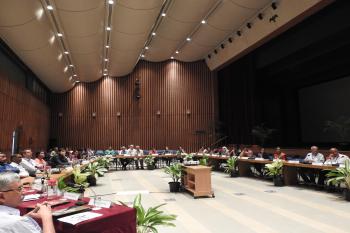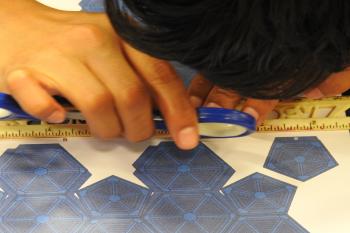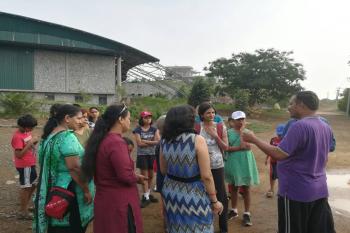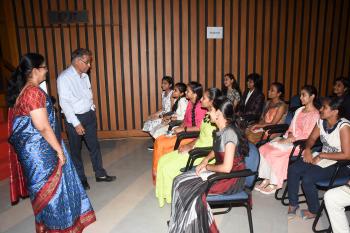NIAS-EGT programme adopts the following conception of giftedness;
“Gifted individuals are those who demonstrate outstanding levels of aptitude (defined as an exceptional ability to reason and learn) or competence (documented performance or achievement in top 3% or rarer) in one or more domains. Domains include any structured area of activity with its own symbol system (e.g., mathematics, music, language and/or set of sensory-motor skills e.g., painting, dance, sports).” (NAGC, 2014).
Expanding itself to cater to the diversity of India, the programme acknowledged the need to identify and mentor the gifted and talented individuals from diverse socio-economic backgrounds.
Eligibility And Selection Criteria
The nomination process for the NIAS-EGT programme is open for students in the age group of 0-18 years from all socio-economic backgrounds. NIAS-EGT has developed a standardized Behavioral Rating Nomination Scale (BRNS), through which a potentially gifted child can be nominated for the programme. A further important component of NIAS-EGT identification protocol is the case profile/portfolio documentation of gifted children. The children nominated by parents or teachers are profiled in detail. Case profiles are qualitative data that represent longitudinal, developmental and psychological accounts of the children’s aptitude, ability, and potential. The programme has worked on the standardization of the Indian norms for the Torrance Test of Creative Thinking (TTCT) and Raven’s Progressive Matrices (RPM).
Identifying students based on the teacher’s observation and understanding become the first step in shortlisting the students. This is preceded by a comprehensive Teacher Training Workshop. However, NIAS-EGT uses portfolio and case study data at the next stage. In principle, NIAS does not administer the Psychometric tests for children below eight years and for children from a marginalized background for identification.
The identification protocol for rural children is a well-developed indigenous tool designed for inclusive education in a diverse socio-cultural setup like India. The NIAS- EGT rural identification model identifies the children through teachers who are the primary contact points through training workshops. The team works with the Education department officials at the taluk and village level to obtain nominations from the teachers. Any community member can also nominate children.
The students shortlisted are profiled through observation and in-depth interviews with teachers, parents, and community members. The last step of identification is through a workshop where the children are observed by multiple individuals, which validates the observations. The residential workshops allow the team to check the motivation and interest of the child in varied topics. Facilitators act as initial mentors guiding them in their respective areas of expertise.
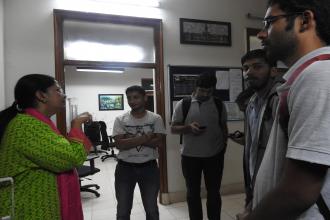
NIAS leads the National Programme on Identification and Mentoring of gifted children (0-18 years), popularly known as the NIAS - Education for the Gifted and Talented programme (NIAS - EGT).
